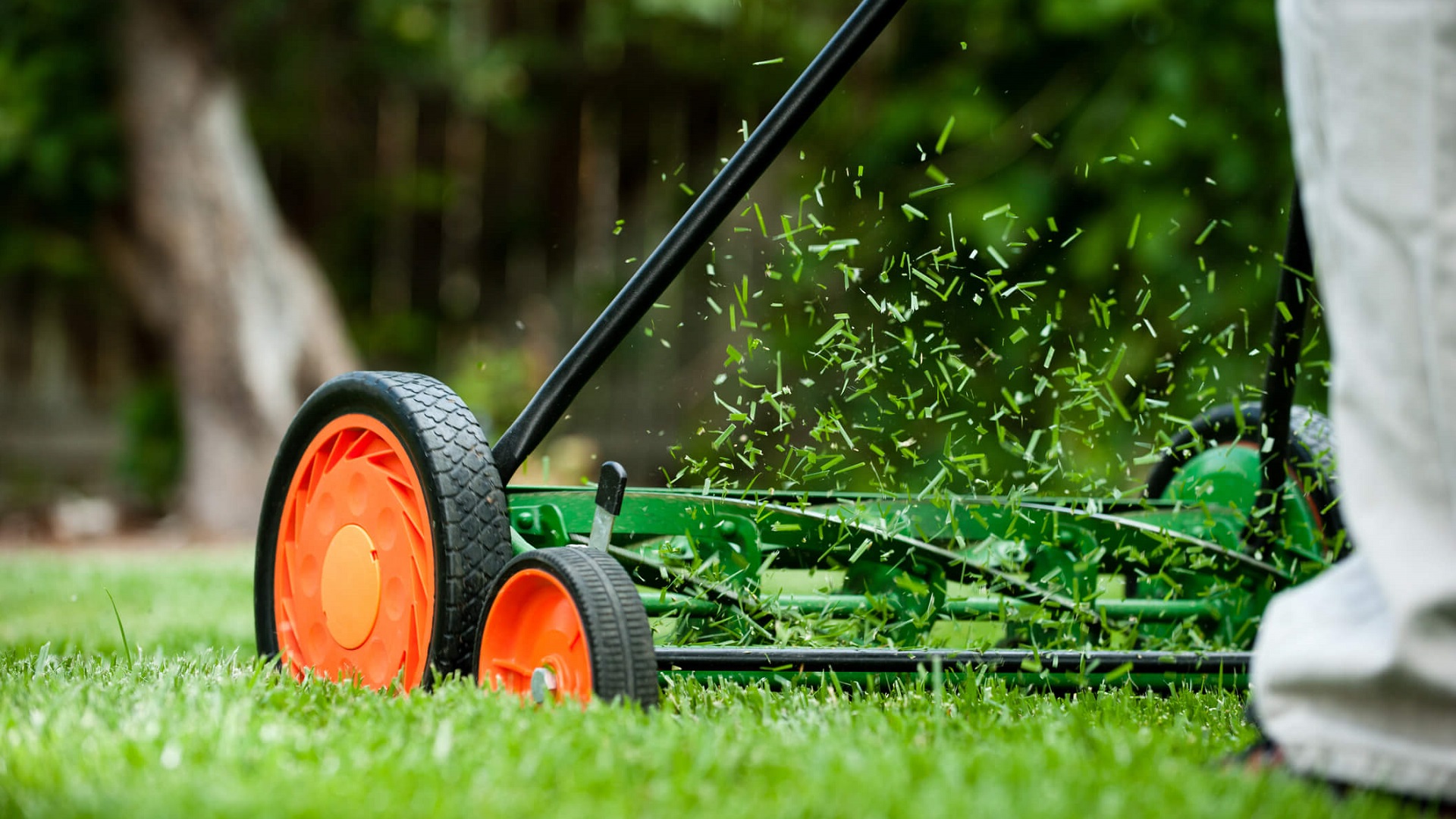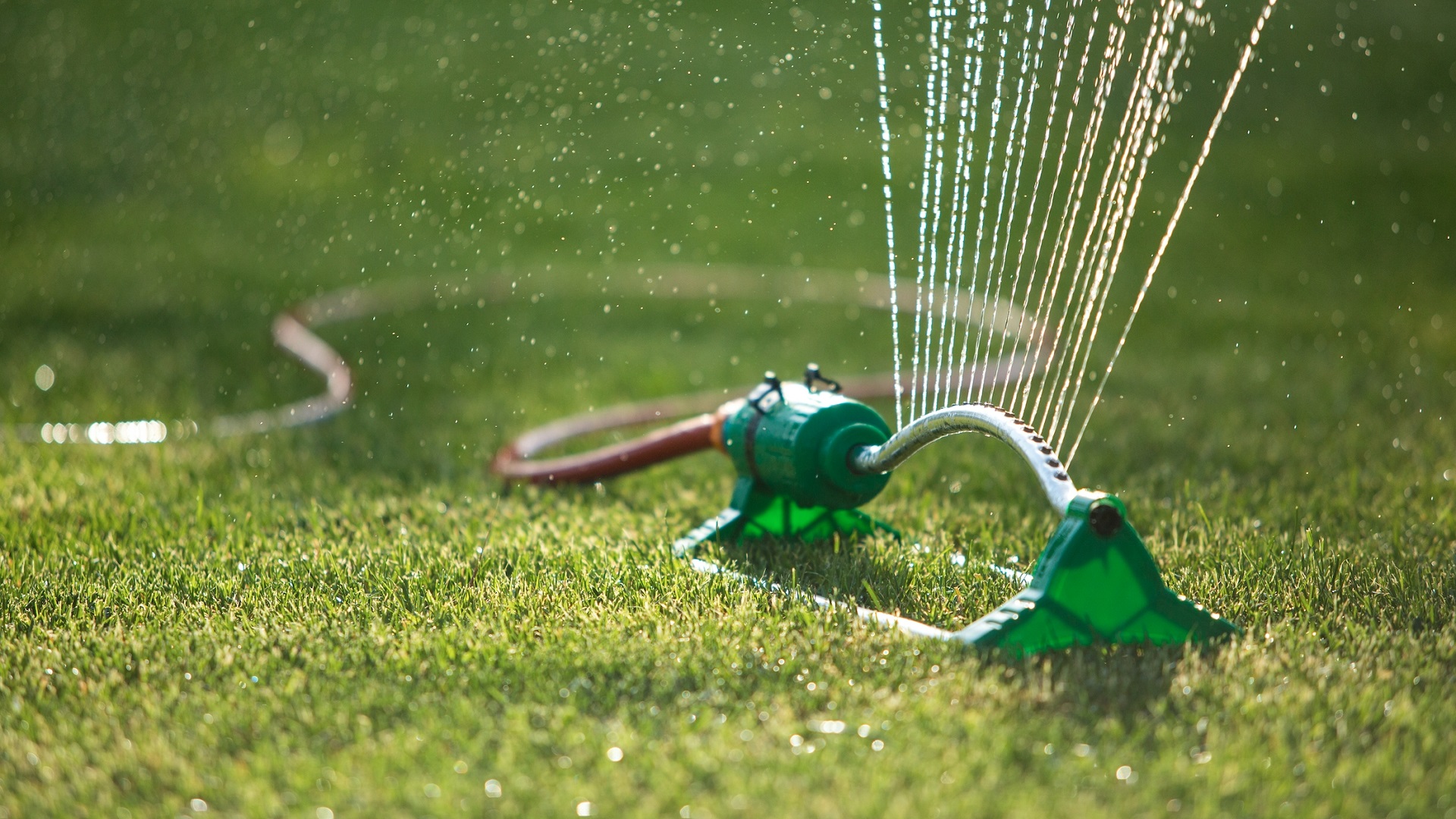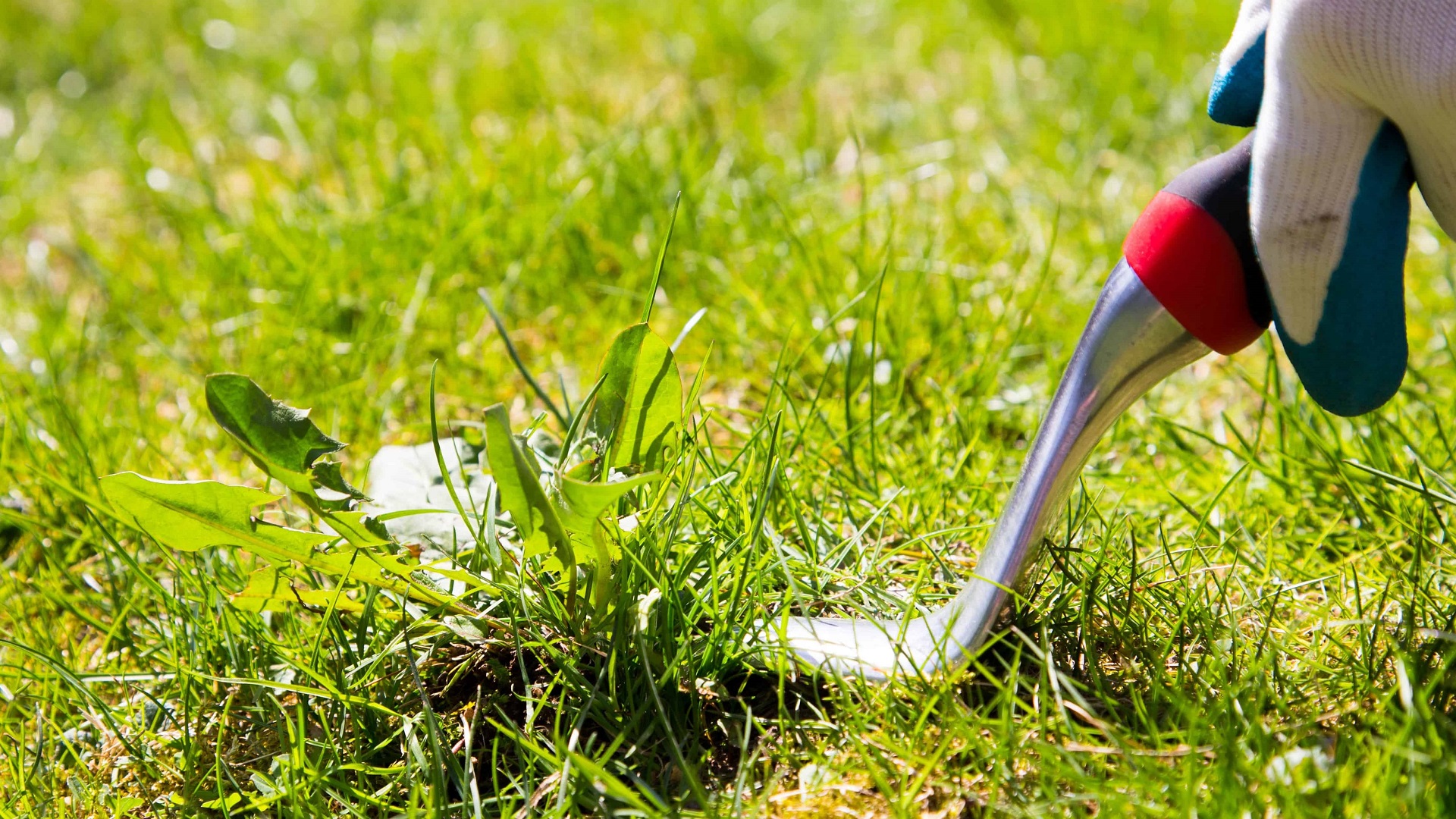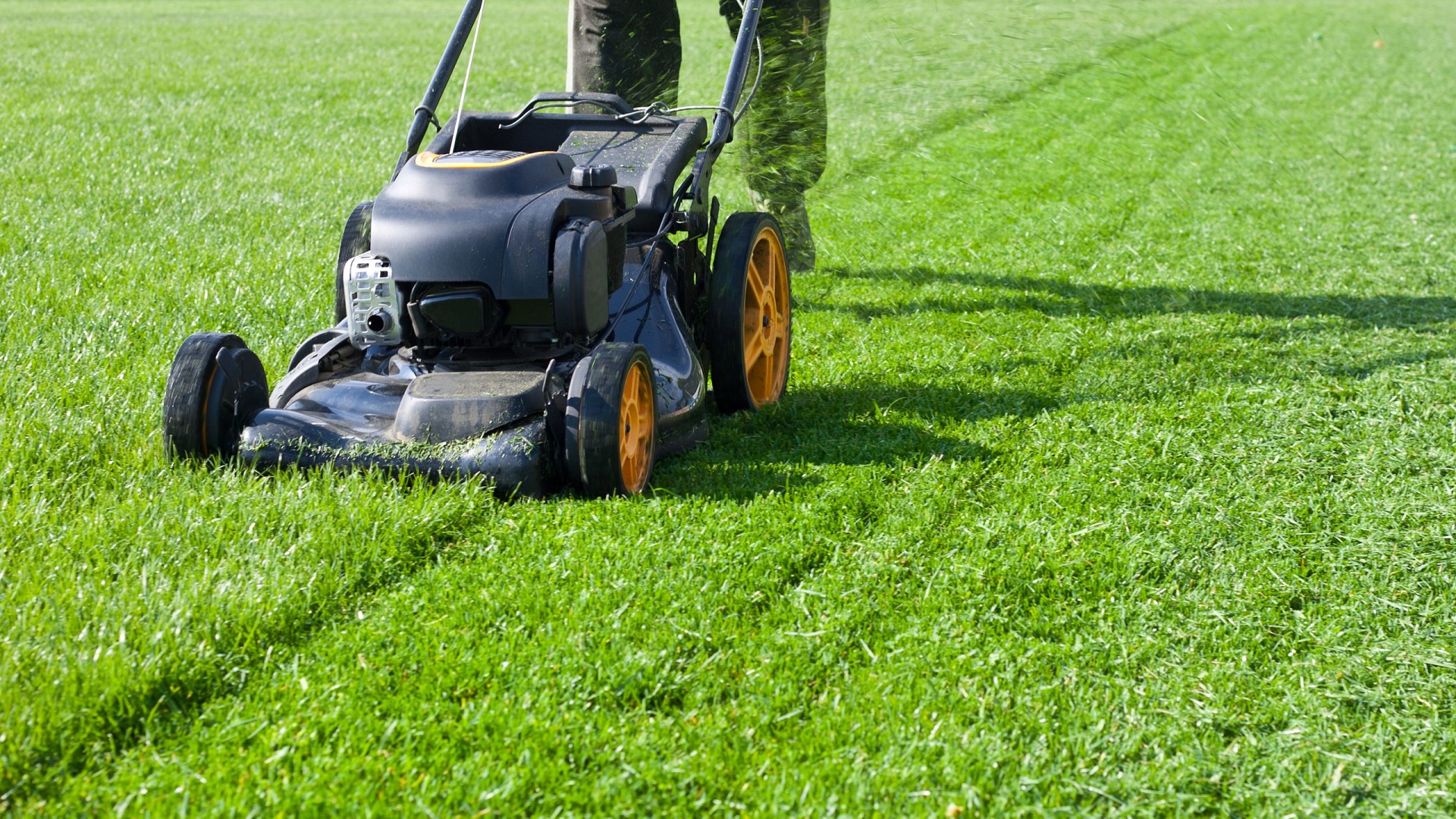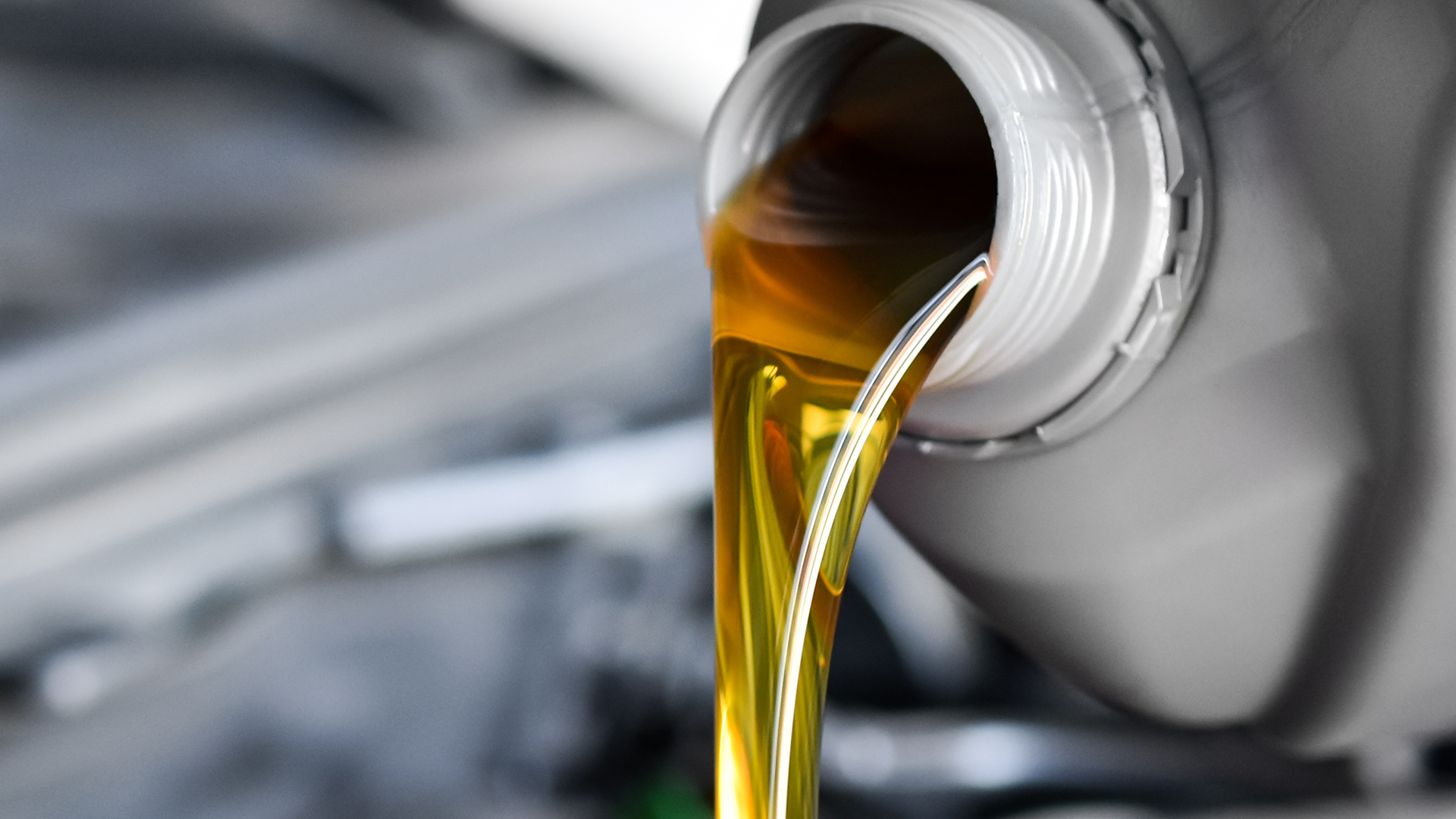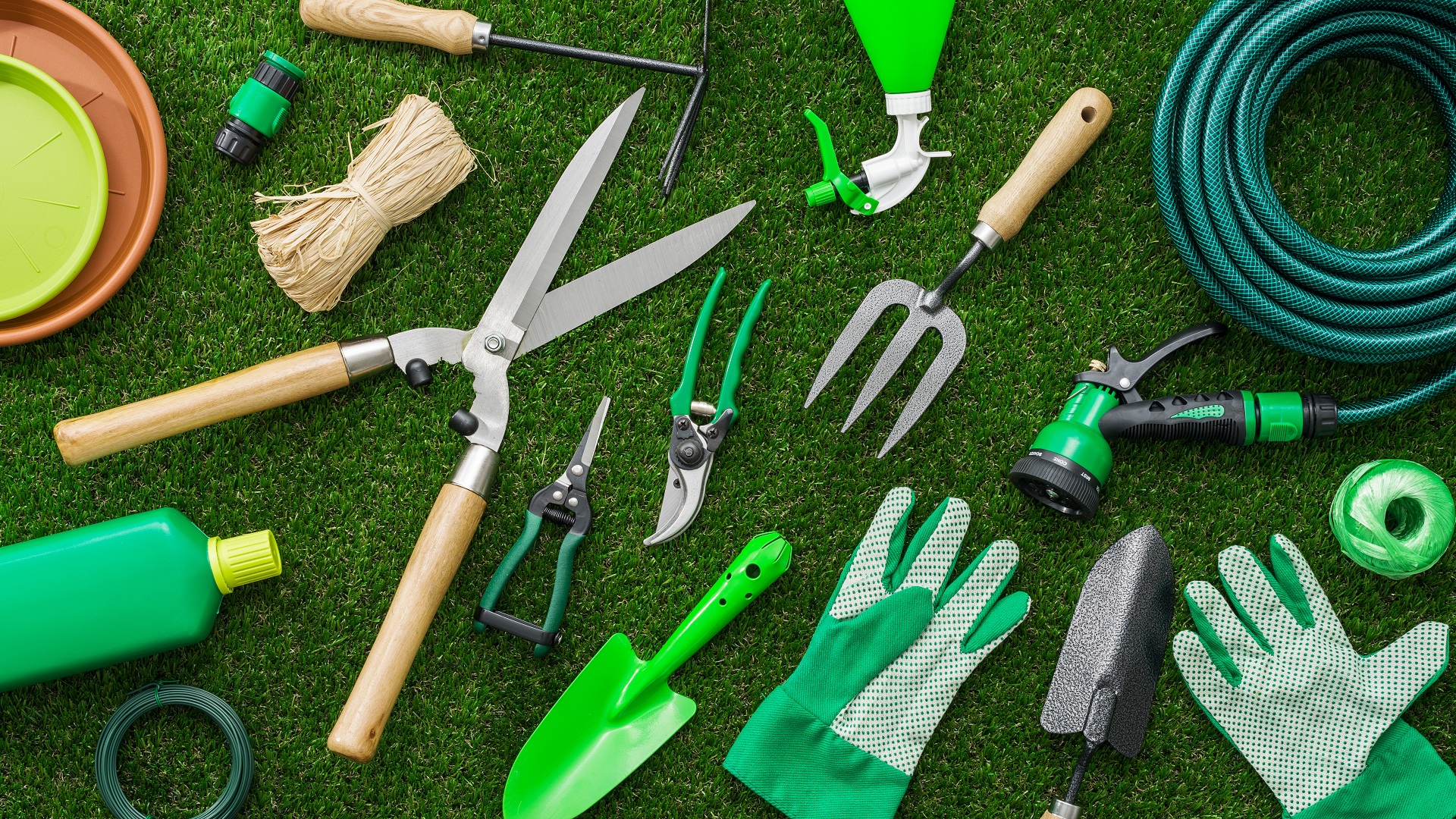Your #1 Lawn Care Resource - GreenIQ
A green and well-manicured lawn enhances your home’s curb appeal. This can only happen with proper lawn maintenance.
Lawn care isn’t merely about mowing and watering. It also includes using the right tools and maintaining them, knowing when to fertilize grass, and how to repair bare spots on your lawn. And then there’s the various outside forces you can’t control weeds, pests, diseases.
All of these may sound overwhelming at first blush, especially if it’s your first time owning a lawn.
But not to worry, our website will show you the ropes. And just in case you need a hand, GreenIQ is always glad to assist.
Lawn Mowing

Let’s start with the basics, since you probably already have a lawn.
Cutting the grass on your lawn using a lawnmower might seem pretty straightforward. However, there’s more to it than merely running a machine across the lawn a couple of times.
The basics of lawn mowing are taking care of your lawn but also taking care of your lawn mower, don’t worry we have both of these topics covered on GreenIQ.
As we said before there’s more to cutting grass then simply rolling your lawn mower over it.
Mowing your lawn depends on a lot of factors, time of day, what type of grass you have, how big is it is, does it have any inherent pests or problems, debris in your lawn, do you want a patern on your lawn, is the lawn used for walking or any sports and so on…
Lawn Mowers

If you own a lawn you probably own a lawn mower, depending on your lawn mower type there are different maintenance requirements, cleaning techniques, accessories, mowing patters and so on…
We also have a handy guides that can guide you through all the necessary procedures to keep your lawn mower in tip top shape, and if you by any chance are interested in getting a new one we also have a ton of handy guides on how to get the best lawn mower for your type of lawn.
Lawn Watering
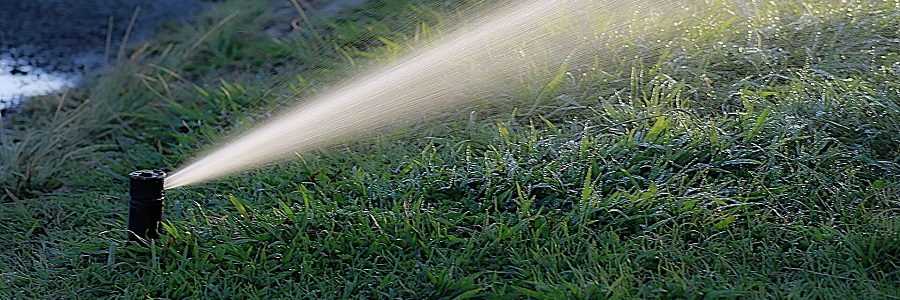
Lawn watering is arguably the most important part of lawn care.
Of course, you need to plant the grass seeds and fertilize them. But without watering, nothing will grow and you won’t have a lawn to fertilize, mow, or care for in the first place!
You may not need to water your lawn too much if it is receiving plenty of rain. But if this is not the case, you need to provide water regularly using an irrigation system.
Lawn Watering Equipment

The biggest mistake anyone would make is depending on rainfall to naturally water their lawn. The second worst mistake is to water your lawn by hand.
Of course, watering by hand is okay if you only need to water small patches where you recently planted new grass seeds. But it is not suitable for watering your entire lawn.
That’s mostly because you are likely to cause run-offs or water pools in some areas without knowing.
Thankfully, there are many types of irrigation systems you can use, depending on the size of your lawn, the number of hydro zones in your yard, and of course, personal preference.
Lawn Fertilizing

In addition to helping your grass to grow faster, applying lawn fertilizers can provide essential nutrients that the soil needs to support a healthy lawn. It’s not just about the speed of growth and thickness of the lawn but keeping your lawn healthy.
Although some homeowners consider fertilizing as unnecessary, this is far from the reality facing most lawns, not all soils are equal, not all lawns require the same nutrient composition. Your grass will thank you if you use fertilizers properly.
But before you can do that you need to know what’s missing and what to add, buying generic fertilizers can help but an imbalance of nutrients can actually hinder growth or in the worst case be toxic to your lawn. You don’t want deal with these types of problems.
It’s always best to test and check your soil type and what nutrient balance it needs.
Fertilizers are available in two broad categories, namely, organic and synthetic fertilizers.
Organic fertilizers are made from natural components and are usually slow-release. This means their effects are long-lasting.
On the flip side, synthetic fertilizers are formulated using man-made components but provide the same nutrients to the soil as their organic counterparts.
However, unlike organic fertilizers, they release nutrients faster.
Regardless of which option you choose, you can get them in liquid or granular form. The former is faster and more effective but difficult to spread on lawns.
The latter is easier to spread but is more practical for smaller lawns.
Weeding, Pests and Disease Control

A well-kept man made lawn is truly a magnificent sight to behold, the problem is not just humans that love it.
Lawns are not the natural state of things, nature if anything is all about competition who can outlive, out adapt the other. Most other organisms see our lawns are free real estate.
Weeds that grow taller and faster than our lawns will easily outcompete it for space and sunlight.
Insects and animals will see your lawn as a tasty snack, a safe space or maybe even their new home.
And just like any other organism on the planet even your lawn can get sick.
All these problems require their own unique different solutions.
Weeding

It is normal for weeds to show up every once in a while on your lawn. There simply too many real-world factors to prevent weeds in a sane manner. Dandelion seeds that can fly for miles, birds can drop some weed seeds in and even some insects carry weed seeds around.
Weeds are generally harmless plants that simply grow where they’re not supposed to. They do also take away valuable nutrients from your lawn.
Realistically you have two options physical removal or weeding with agents be it natural, organic or chemical. We’ve compiled quite a few guides here at GreenIQ to help you clean our all the weeds in your lawn.
Pests
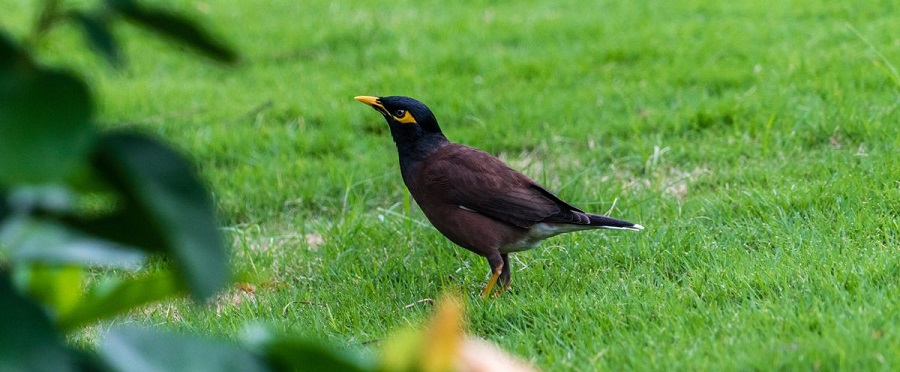
Pests is a catchall term for insects, plants, mushrooms and animals that basically harm our lawn, they’re not doing it on purpose it’s more that they see our lawn as a free place devoid of their natural predators. Pests come in many different forms but all cause harm in some way.
Insects like ants that will eat your lawn, enter your house, harass your pets. Others like termites might actually damage your house. Wasps might sting you and so on.
Animals like moles might dig up and reshape your landscape making it harder to mow the lawn, ruin your landscaping, damaging your irrigation systems and more. If your live near a forested area they might even settle and make a burrow in your lawn.
Plants and Mushrooms might be toxic to your pets or even to your lawn. Some plants and mushrooms live a parasitic life or some leech nutrients really fast depriving your lawn of the essential nutrients it needs.
All of these require special care and ways to remove them so we did our best to compile the right procedures you need to remove all possible pests.
Lawn Diseases
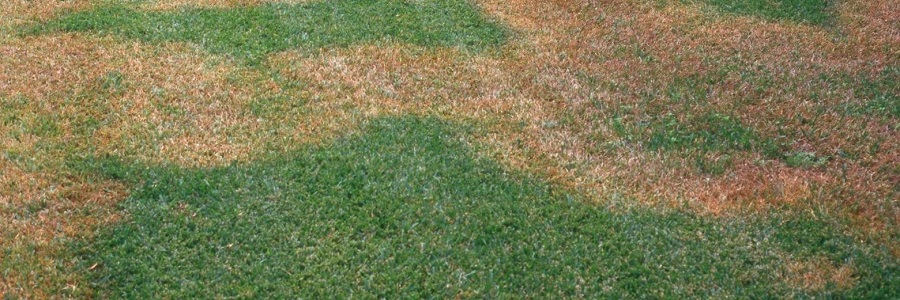
Grass like many other plants also has their share of illnesses and diseases it can contract, and just like with humans they come in many varieties, bacteria, parasites, viruses but since cell structures of plants are different the main diseases you’ll be fighting in your lawn are fungi and nutritional imbalances. Fungal infections of grass sadly very common.
They can strike suddenly and if not controlled can spread all over your lawn. But thankfully with the proper procedure you can quickly and effectively save your lawn.
Other diseases are actually caused by us humans, improper lawn care can lead to a variety of disease. Watering too often or at improper times can damage to the roots, using the improper balance of fertilizers can cause the grass to suffer from various diseases due to nutritional imbalances.
We did our best to compile a bunch of comprehensive guides and articles on various lawn diseases.
Latest From Pests and Diseases
Lawn Maintnanace

Let’s talk Lawn Maintenance.
Now that we’ve covered all the basics of keeping your lawn lush and green.
Choosing a lawn that’s appropriate for your region is one thing, keeping it healthy and maintained is a different ball game entirely.
Even if you’re not pro-active with your lawn care, you are most likely familiar with watering, fertilizing, weeding and mowing. These things are elementary. But now it’s time to go into the nitty gritty of actually keeping your lawn in top shape.
This is where the actual magic happens and these are the techniques to use to make your lawn look top of the line.
Lawn maintenance techniques can be broadly put into two categories, refreshing your lawn and preventing future problems.
An example of lawn refreshment would be Aeration a technique used to facilitate better lawn health and growth by allowing the roots quicker and easier access to nutrients and air, another popular technique is overseeding basically spreading grass speeds preferably of the same type on your existing lawn, this prevents weeds from filling the empty spots and curbs the thinning of the existing grass.
Prevention is pretty straight forward, take lawn sweeping when autumn comes your grass is full of dead organic matter such as leaves, dead grass, maybe even some weeds. This is a haven for fungi, bacteria, insects. If you simply leave these on your lawn it will cause wilting because sun blockage, infections and other bad factors. So you sweep your lawn and prevent any future problems form occurring.
Other techniques are more specific and used sparingly an example of this would be lawn rolling after reseeding your lawn, this sets the seeds and soil in place for a more even and healthy lawn.
We’ve compiled some amazing lawn maintenance guide for your to explore.

